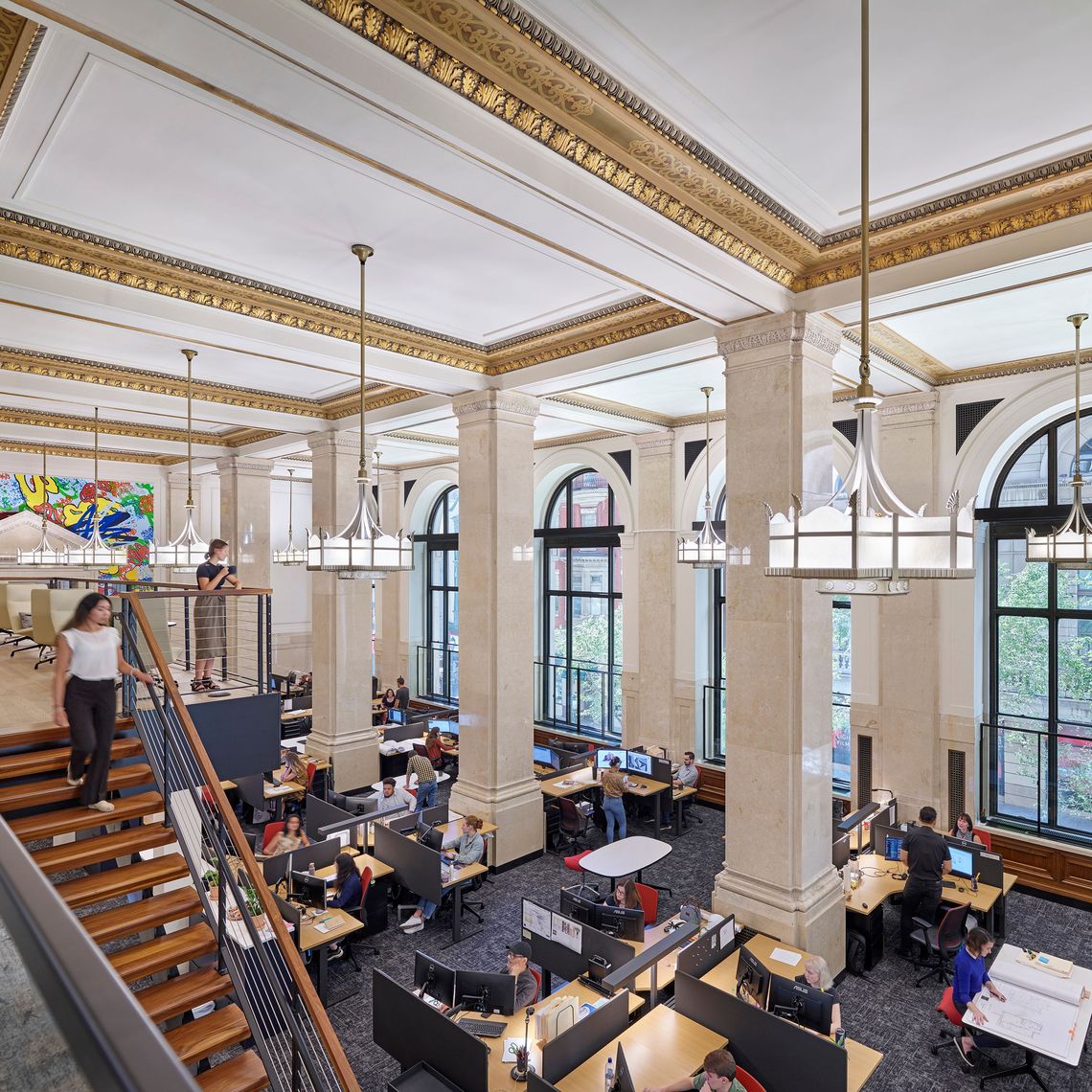
report
Philadelphia Employment Report 2025
Putting Philadelphia’s recent job growth in context, and what it means for the urban core
Employment in Center City and across the entire city of Philadelphia is a critical factor in sustaining a dynamic downtown ecosystem. While our downtown also benefits from a large and growing residential base, highly diversified retail offerings, an arts and culture scene with few peers, a resurgent tourism and convention sector, and a frequently praised restaurant, entertainment, and nighttime economy, a robust and diversified employment base is what catalyzes and supports other sectors of the economy. To thrive, Center City must be a desirable place to work and grow a business.
This report analyzes 15 years of data (2009–2024) to understand Philadelphia’s trajectory and explore critical questions related to employment.
Key Findings
- Employment Growth Leadership: Over the past five years, Philadelphia's job growth has outpaced all four Pennsylvania collar counties and the overall metropolitan region. The city's compound annual growth rate of 1.1% since 2009 demonstrates sustained momentum despite economic disruptions.
- Sector Diversification: The city's employment gains have been driven primarily by health care and social assistance, which now accounts for 32% of total jobs compared to 26% in 2009. This sector has grown 44% over the 15-year period, providing stability during economic volatility.
- Office Market Dynamics: While office-occupying sectors have remained relatively static with only 1% growth since 2020, Philadelphia has gained ground against suburban competitors. For the first time since 2009, Philadelphia surpassed Montgomery County in total office-sector employment in 2022, despite Montgomery County's decades-long dominance in the regional office economy. While the city’s relative performance has improved, total demand for office space remains well below the typical averages of pre-pandemic years. Notably, tenants leasing Center City space from surrounding suburbs and other cities, an emerging and encouraging trend in the years leading up to 2020, has dropped off considerably.
- Talent Concentration Advantage: Perhaps most significantly, Philadelphia has nearly doubled its population of college-educated residents to over 260,000 in 2023, with 70% of these degree holders aged 25 to 34. The Greater Center City and University City areas, representing just 8% of the city's land area, now house nearly one-third of Philadelphia's college-educated young professionals – approximately 50,000 people. Compared to the collar counties, Philadelphia’s 25- to 34-year-old degree holders talent pool is not only larger (2.5 times the size of Montgomery County and more than 4 times the size of the other counties), but it has also grown more than twice as fast since 2011.
- Competitive Positioning: Philadelphia's downtown office vacancy rate of 20.4% compares favorably to other major cities, remaining below suburban rates and significantly lower than markets like Denver (36.1%) or Austin (33.2%). The city joins Boston, New York, and Washington as the only major Northeast Corridor cities where downtown vacancy rates remain lower than suburban markets.
The report concludes with actionable recommendations for strengthening Philadelphia's competitive position, including extending downtown vibrancy, activating public spaces, and capitalizing on the city's transit-oriented advantages. With a looming regional transit funding crisis, the report argues that downtown locations become even more valuable for accessing the concentrated talent pool living in and around Center City.
To view and download the full report on Issuu see below.